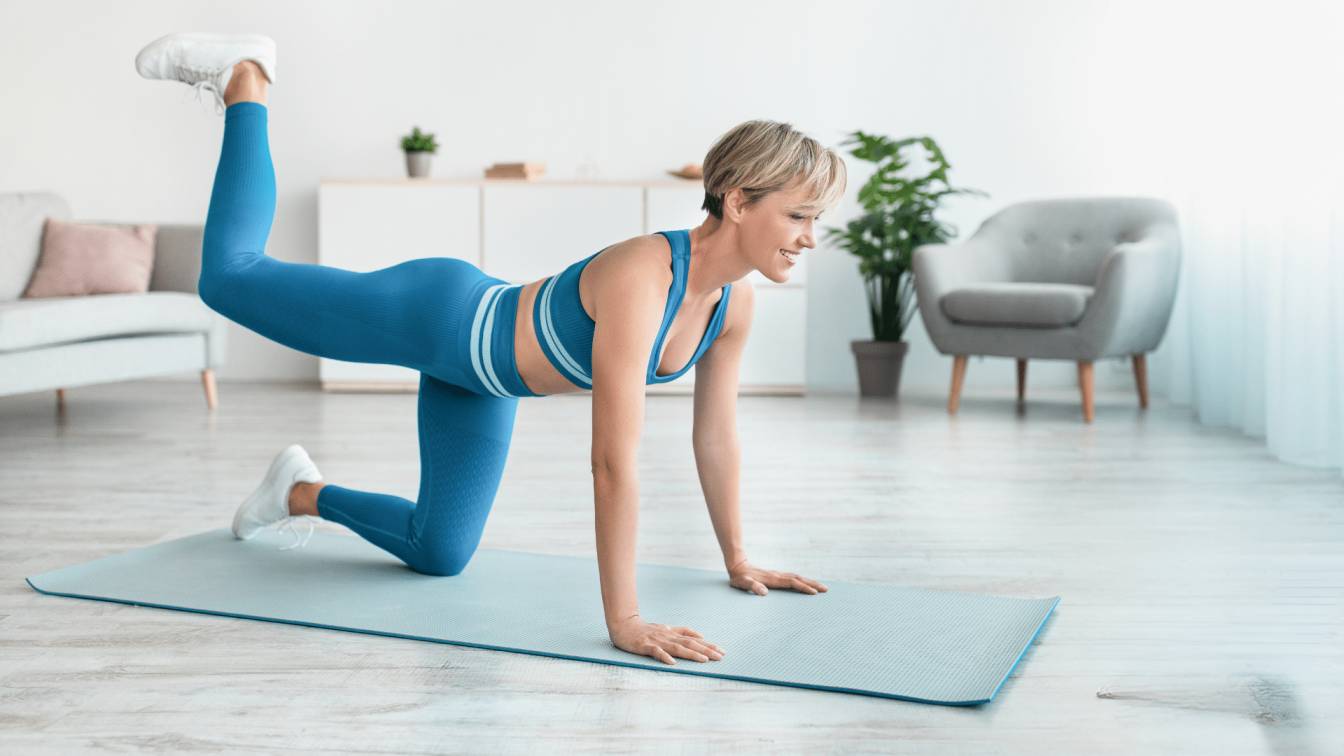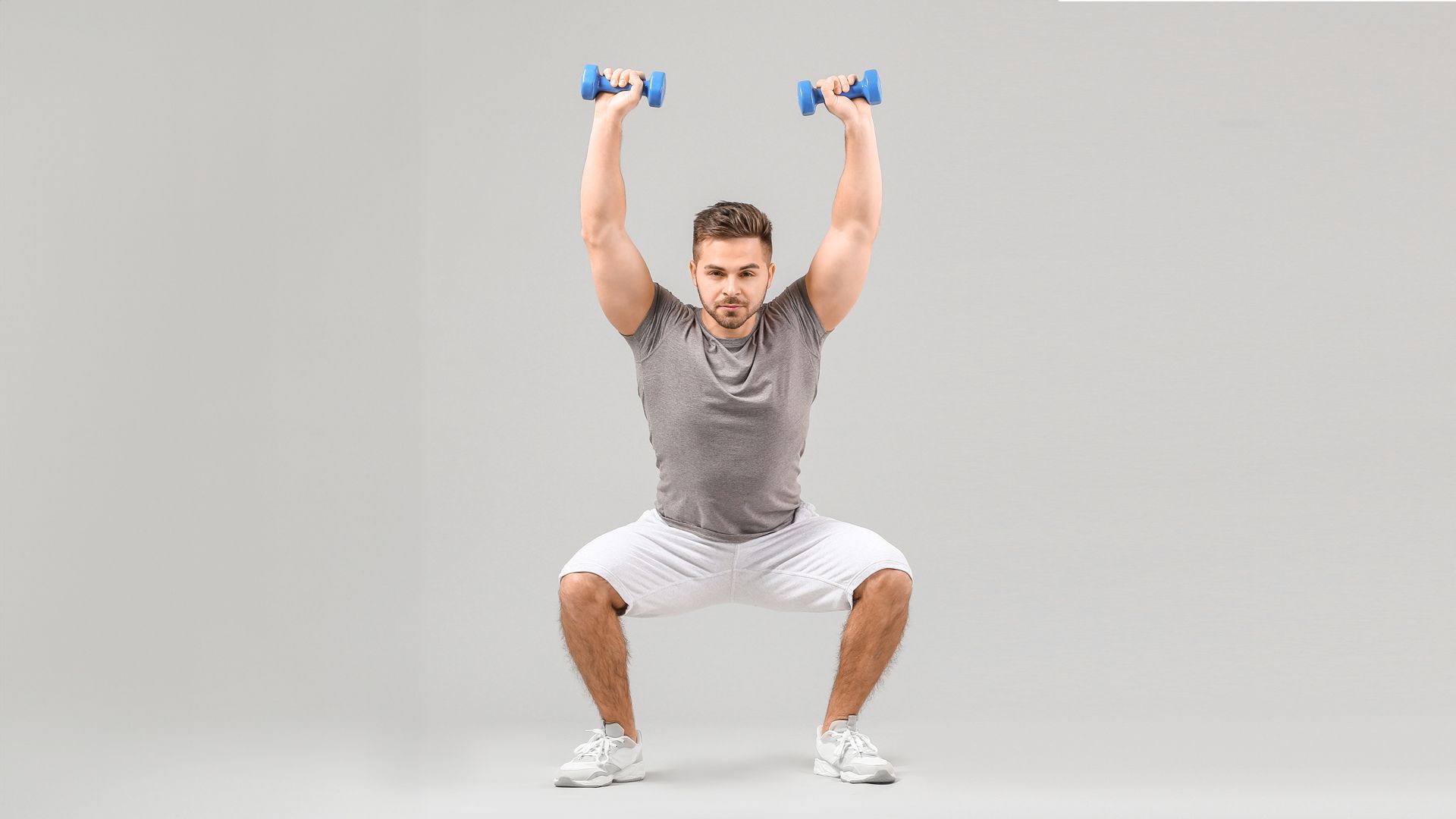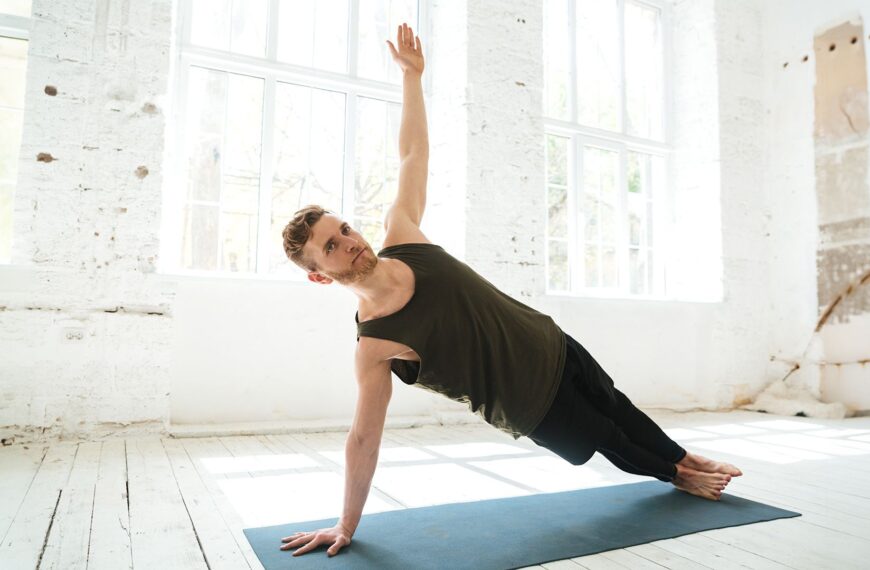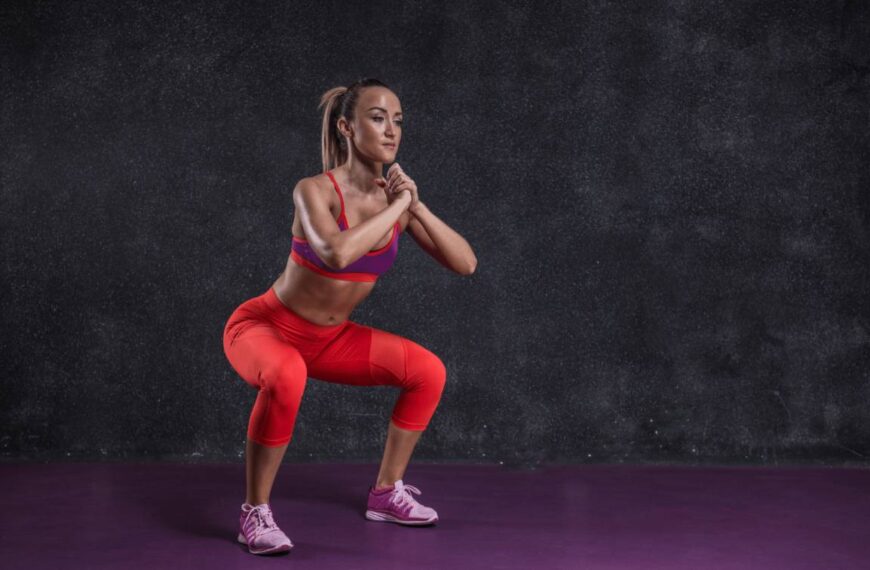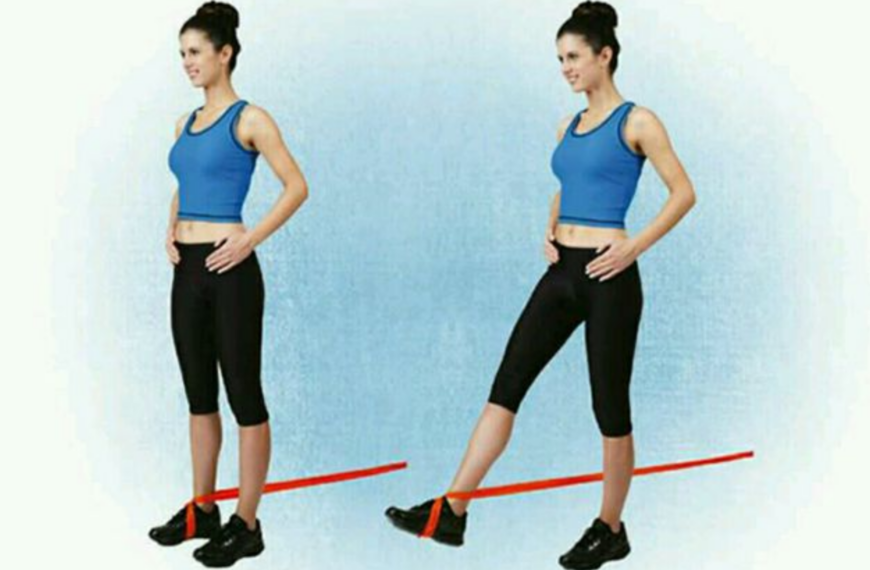Welcome to the ultimate guide for the Donkey Kick exercise warm-up routine. Are you looking to enhance your glute activation, improve stability, and optimize your lower body strength? The Donkey Kick exercise warm-up routine may be just what you need to achieve your fitness goals. In this comprehensive article, we will explore the benefits of incorporating the Donkey Kick exercise into your warm-up routine and provide a step-by-step guide to help you master this exercise.
What You Will Learn
- The importance of warming up before a workout to prevent injuries and improve performance.
- How to properly perform the donkey kick exercise for glute activation during warm-up.
- The benefits of incorporating donkey kick exercises in your warm-up routine, including improved glute activation, strength, stability, and balance.
- Step-by-step instructions on performing the basic donkey kick exercise and variations.
- Dynamic stretches that complement the donkey kick exercise for an effective warm-up routine.
- How to design an effective donkey kick warm-up routine based on your fitness level and goals.
- Common mistakes to avoid and precautions to take during the donkey-kick exercise.
Understanding the Donkey Kick Exercise
Before we dive into the warm-up routine, let’s first understand what the Donkey-Kick exercise entails. Donkey-kicks are an effective way to target and activate the glute muscles. By performing this exercise, you engage the gluteus maximus and gluteus medius, which are essential for hip extension and overall lower body strength.
To execute a Donkey-Kick, start by positioning yourself on all fours with your hands directly under your shoulders and your knees under your hips. From this starting position, lift one leg straight back and up, focusing on squeezing the glutes at the top of the movement. Lower the leg back down and repeat on the other side.
It’s important to maintain proper form and technique for optimal results and injury prevention. Engage your core and keep your spine neutral throughout the exercise. Avoid overarching or rounding your back, as this can place unnecessary stress on the spine. By mastering the correct form, you can maximize the effectiveness of the exercise and minimize the risk of injury.
Benefits of Incorporating Donkey Kick Exercises in Warm-Up Routine
Including Donkey-Kick exercises in your warm-up routine offers a range of benefits that can enhance your overall fitness journey. Let’s explore some of these benefits:
1. Improved Glute Activation and Strength
Donkey kicks specifically target the glute muscles, helping to activate and strengthen them. By consistently incorporating this exercise into your warm-up routine, you can enhance glute activation, which in turn can improve your performance in other lower body exercises such as squats, lunges, and deadlifts. Strong glutes not only contribute to a well-rounded physique but also play a vital role in overall lower body stability and power.
2. Enhanced Stability and Balance
The Donkey-Kick exercise requires stability and balance, as you engage your core and maintain control throughout the movement. By regularly performing this exercise, you can enhance your proprioception and strengthen the stabilizing muscles of your hips, which can improve your overall balance and stability. This can be particularly beneficial for athletes or individuals participating in activities that require agility and coordination.
3. Potential Benefits for Specific Populations
Donkey kicks can be modified to suit various fitness levels and accommodate specific populations. For example, pregnant women can benefit from Donkey-Kicks as they help strengthen the gluteal muscles and core muscles, which can support the body during pregnancy. Additionally, individuals with weak glutes can use Donkey-Kicks as a targeted exercise to activate and strengthen these muscles, which can alleviate imbalances and enhance overall lower body function.
It’s important to note that while Donkey-Kicks can be an effective exercise for glute activation, they are not necessarily superior to other lower body exercises such as squats. Each exercise has its own unique benefits and can be incorporated into a well-rounded fitness routine.
Step-by-Step Guide to Donkey Kick Warm-Up Routine
Now that we understand the benefits of the Donkey Kick exercise, let’s dive into a step-by-step guide to incorporating it into your warm-up routine.
A. Basic Donkey Kick Warm-Up
To begin, let’s start with the basic Donkey Kick exercise. This variation can be performed without any equipment and is an excellent way to activate the glutes before your workout. Follow these steps:
- Start in an all-fours position, with your knees under your hips and your hands directly under your shoulders.
- Engage your core and maintain a neutral spine.
- Lift one leg straight back and up, focusing on squeezing the glutes at the top of the movement.
- Lower the leg back down and repeat on the other side.
- Aim for 10-15 repetitions on each leg for one set. Complete 2-3 sets, resting for 30 seconds to 1 minute between sets.
Maintaining proper form throughout the exercise is essential. Avoid any excessive swinging or arching of the back. Focus on controlled movements and consciously engage the glute muscles with each repetition.
B. Variations of Donkey Kick Exercise
To challenge your glutes in different ways and prevent plateaus, you can incorporate variations of the Donkey Kick exercise into your warm-up routine. Here are two popular variations:
- Banded Donkey Kicks: Loop a resistance band around your thighs, just above your knees. This added resistance increases the activation of the glute muscles. Follow the same steps as the basic Donkey Kick, focusing on squeezing the glutes at the top of each movement.
- Weighted Donkey Kicks: Hold a dumbbell or kettlebell behind your knee while performing the exercise. This added weight increases the intensity of the movement and further challenges your glutes. Ensure that you maintain proper form and control throughout the exercise.
Incorporating variations of the Donkey Kick exercise can help you continuously challenge your muscles and promote ongoing progress.
C. Dynamic Stretches for Donkey Kick Warm-Up
In addition to the Donkey Kick exercise, it’s important to include dynamic stretches in your warm-up routine. Dynamic stretching involves actively moving through a range of motion, which helps warm up the muscles and increase flexibility. Here are five pre-workout stretches that complement the Donkey Kick exercise:
- Neck Rolls: Gently roll your neck in a circular motion, both clockwise and counterclockwise, to release tension in the neck and upper back.
- Arm Circles: Extend your arms out to the sides and make small circles with your hands. Gradually increase the size of the circles to warm up the shoulders and upper body.
- Leg Swings: Stand next to a wall or support for balance. Swing one leg forward and backward in a controlled manner, gradually increasing the range of motion. Repeat on the other leg.
- Hip Circles: Stand with your feet hip-width apart and place your hands on your hips. Move your hips in a circular motion, both clockwise and counterclockwise, to warm up the hip joints.
- Walking Lunges: Take a step forward with your right foot and lower your body into a lunge position. Push off with your right foot and bring your left foot forward, repeating the movement. This dynamic stretch warms up the lower body and increases hip mobility.
Perform each dynamic stretch for 10-15 repetitions or for a distance that feels comfortable for you.
Designing an Effective Donkey Kick Warm-Up Routine
Now that you’re familiar with the basic Donkey Kick exercise, variations, and dynamic stretches, it’s time to design an effective warm-up routine. Here’s a sample routine that you can modify based on your fitness level and goals:
- Basic Donkey Kicks: 2 sets of 10-15 repetitions on each leg, with 30 seconds of rest between sets.
- Banded Donkey Kicks: 2 sets of 10-15 repetitions on each leg, with 30 seconds of rest between sets.
- Weighted Donkey Kicks: 2 sets of 10-15 repetitions on each leg, with 30 seconds of rest between sets.
- Dynamic Stretches: Perform each dynamic stretch for 10-15 repetitions or for a distance that feels comfortable for you.
Remember, consistency is key when it comes to achieving results. Aim to perform this warm-up routine before each lower body workout session, adjusting the intensity and volume as needed. Over time, you can gradually increase the number of sets or repetitions to further challenge your muscles and promote progress.
Common Mistakes and Precautions
As with any exercise, it’s essential to be aware of common mistakes and take precautions to prevent injuries. Here are a few tips to keep in mind:
- Avoid overarching or rounding your back during the Donkey Kick exercise. Maintain a neutral spine throughout the movement to protect your lower back.
- Focus on proper form and controlled movements rather than speed. Swinging the leg too forcefully can compromise the effectiveness of the exercise and increase the risk of injury.
- Listen to your body and modify the exercise if needed. If you experience pain or discomfort, reduce the range of motion or consult a fitness professional for guidance.
Remember, it’s better to perform the exercise with proper form and a lower range of motion than to risk injury by pushing beyond your limits.
Frequently Asked Questions
What is a donkey kick exercise?
Donkey kick is a bodyweight exercise targeting the glutes and hamstrings.
Who can benefit from doing donkey kicks?
Anyone looking to strengthen their glutes and improve overall lower body strength.
How do you perform a donkey kick correctly?
Get on all fours, kick one leg back and up while keeping your core engaged.
What is a good warmup routine before donkey kicks?
Start with light cardio to raise body temperature and dynamic stretches for the lower body.
How often should I include donkey kicks in my workout routine?
Aim for 2-3 sets of donkey kicks, 2-3 times a week for optimal results.
What if I feel pain or discomfort during donkey kicks?
Listen to your body and modify the exercise or consult a fitness professional for guidance.
Merlin App for Donkey Kick Exercise
The Merlin App offers valuable guidance and support for performing exercises like the Donkey Kick, ensuring that users can perform this movement effectively and safely. The Donkey-Kick is a lower body exercise that primarily targets the glutes and hamstrings, making it an essential part of many fitness routines. Here’s how the Merlin App can assist in executing the Donkey Kick:
1. Correct Form and Technique: When performing the Donkey-Kick, maintaining the right form is crucial to maximize its benefits and reduce the risk of injury. The Merlin App uses its AI real-time feedback feature to monitor your movements and provide instant feedback. It can detect if your back is straight, if your hips are level, and if your knee and ankle alignment is proper. If your form is incorrect, the app will guide you through the necessary adjustments, ensuring you perform the exercise with precision.
2. Voice Feedback: The app’s voice feedback function plays a significant role in enhancing your Donkey-Kick workout. It can audibly instruct you on how to perform the exercise correctly, reminding you to engage your core, lift your leg to the desired height, and maintain a controlled pace. This audio guidance helps users stay focused on their form and technique, reducing the risk of improper execution.
3. Customized Workouts: The Merlin App allows you to customize your workout routines. This means you can incorporate the Donkey Kick into your personalized workout plan. Whether you’re looking to tone your glutes, strengthen your lower body, or target specific muscle groups, you can integrate this exercise into your routine. The app also considers your fitness level and goals, ensuring the Donkey-Kick fits seamlessly into your workout program.
4. Progress Tracking: Monitoring your progress is essential in any fitness journey. The Merlin App enables you to track your Donkey Kick performance over time. You can see improvements in your strength, endurance, and form through the app’s tracking features. This data-driven approach helps keep you motivated and focused on your fitness goals.
